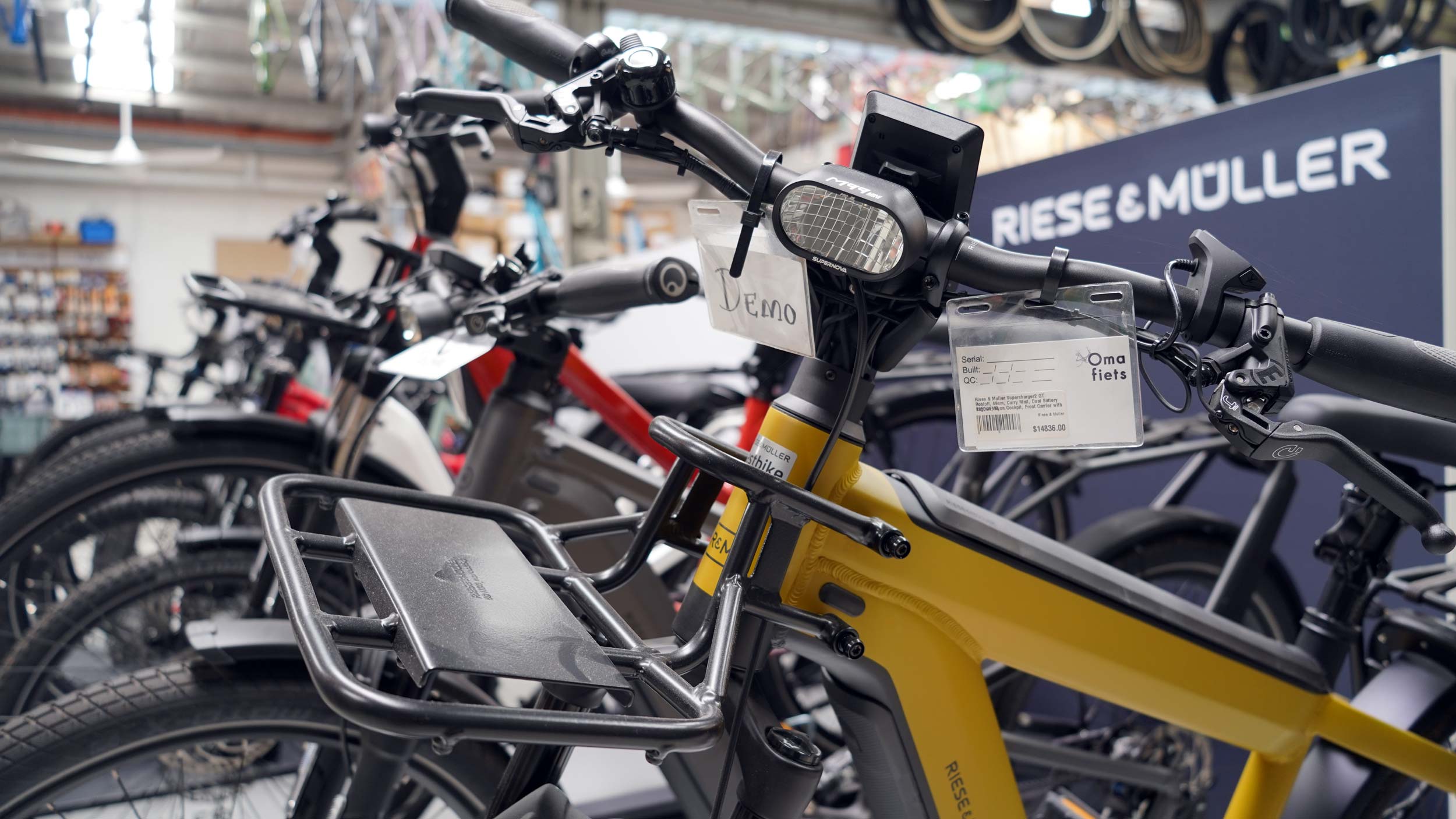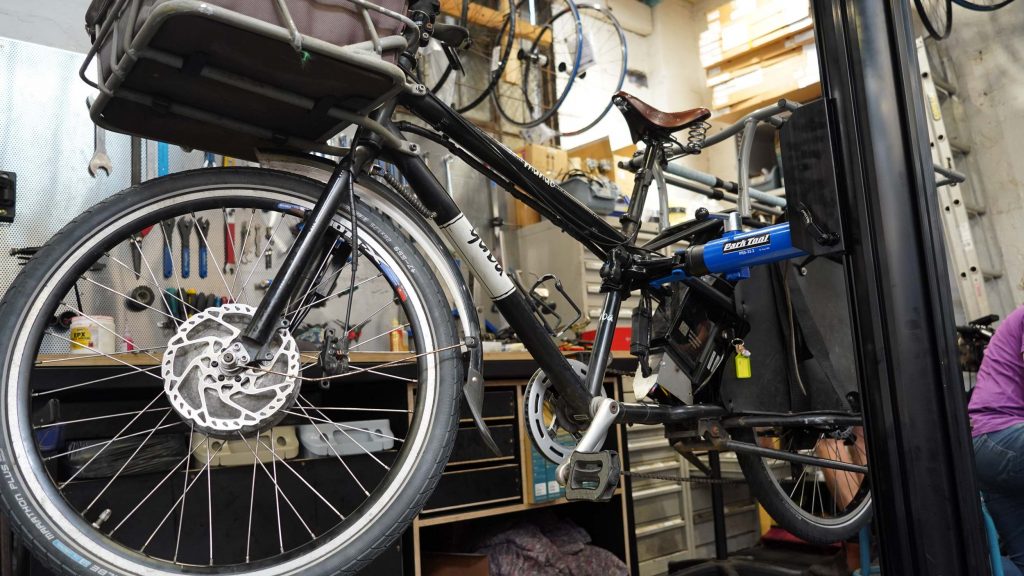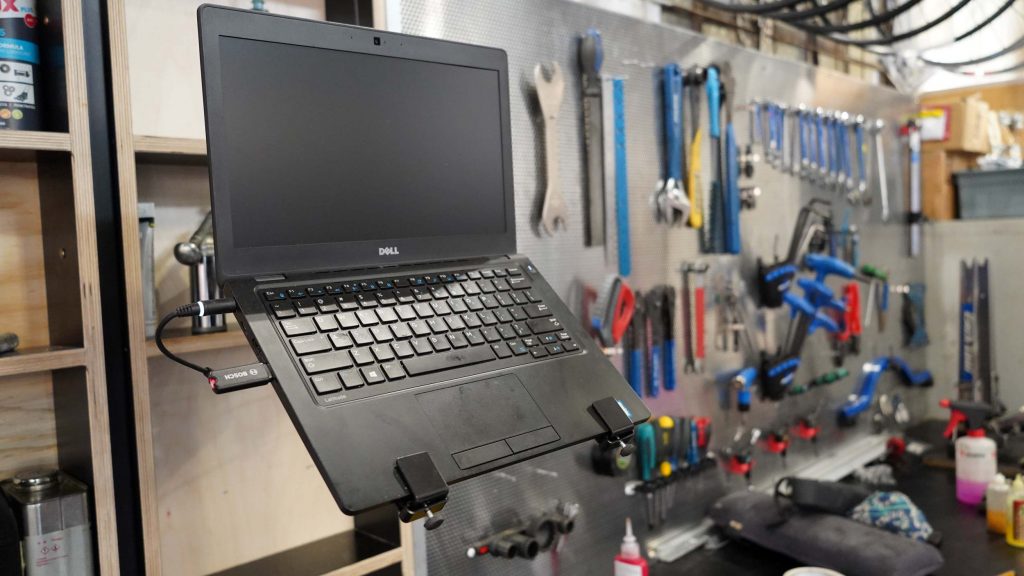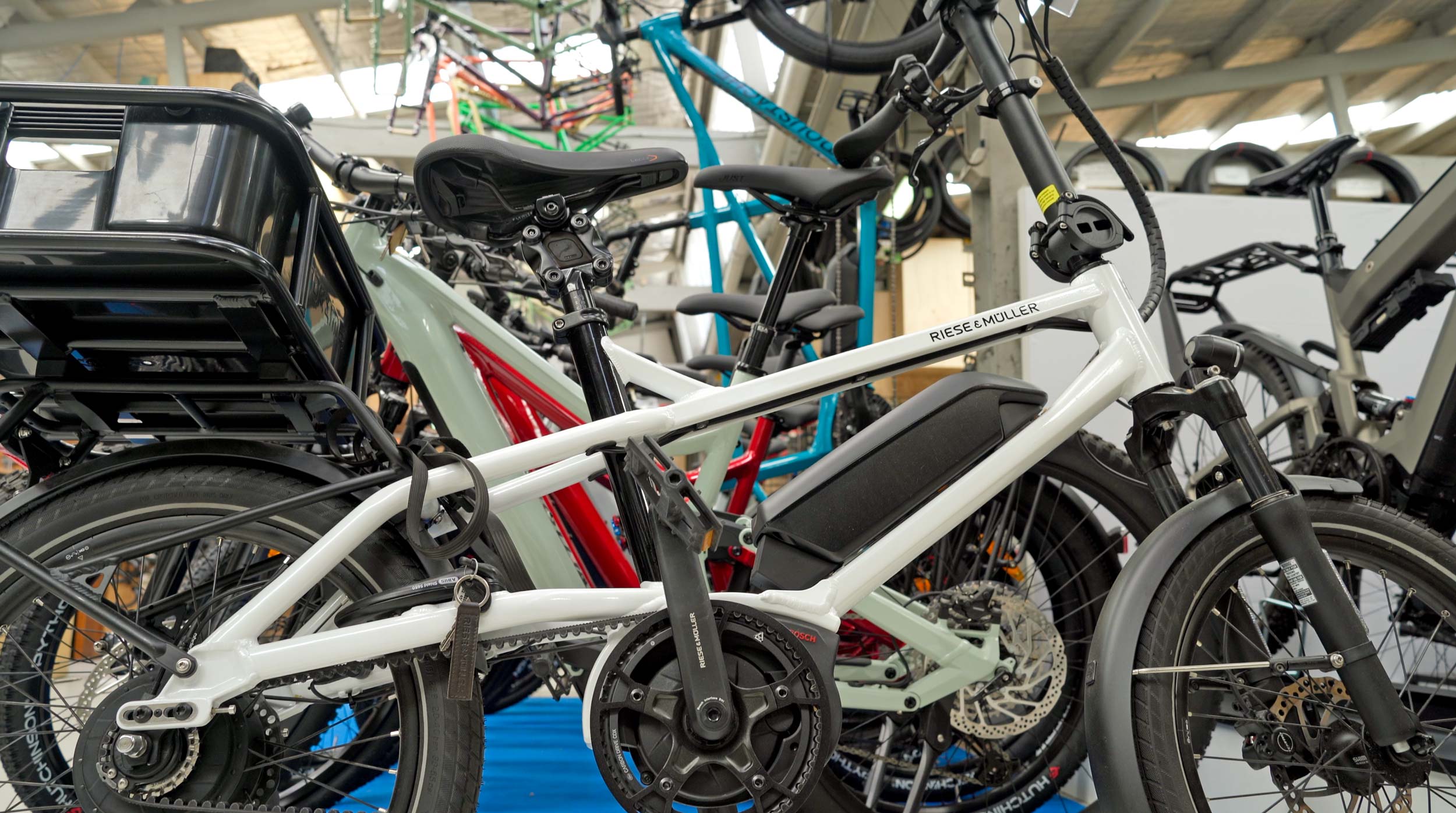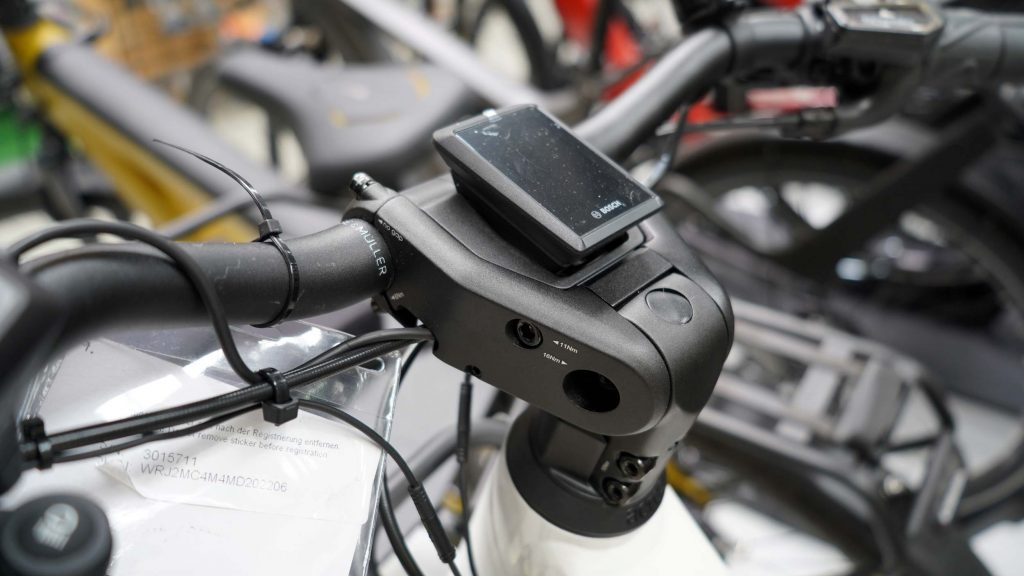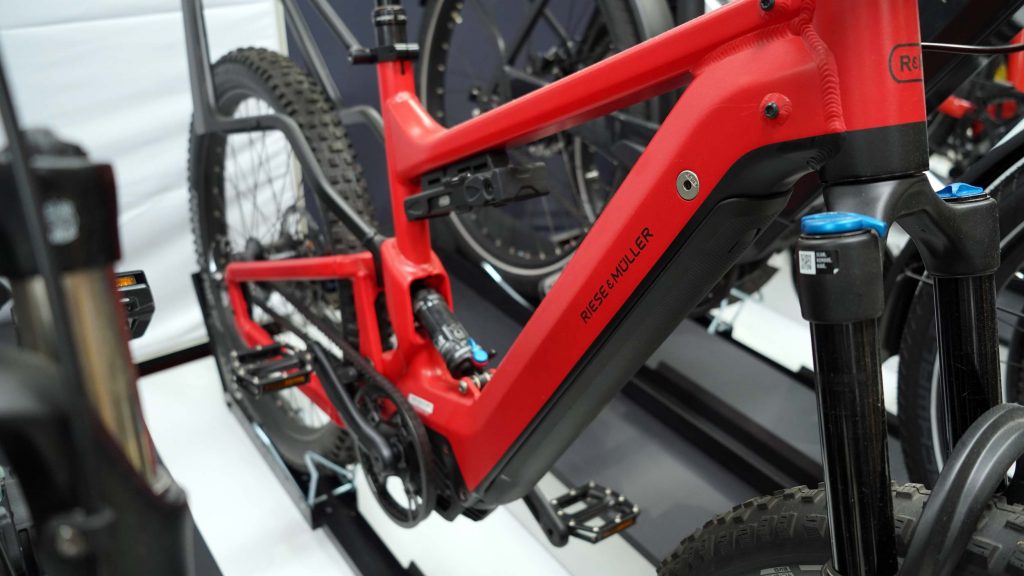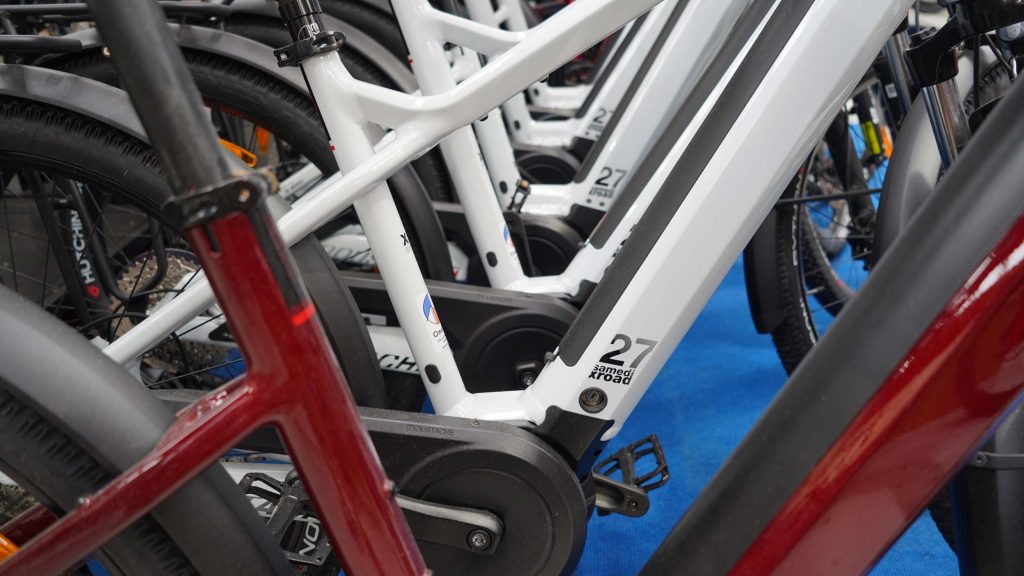If it has been a few years since you truly explored the showroom floor at a bike shop, it’s well worth having a look around. The level of innovation that has come as part of the movement that’s been dubbed ‘micromobility’ is surprising…
– Part of a series on Micromobility (by Rob Arnold)
Omafiets is a bike shop with a difference. RIDE Media spoke to co-owner, Chris Moore, to get his perspective on micromobility and how this growing transport trend is changing the way people ride…
Click the link above to see some of the transport options on display at Omafiets.
In 2022 the bike shop is an entirely different place to what it was only 10 years ago. During the lockdown years of the pandemic, the LBS experienced a rush of business. There are myriad reasons why, and you’re likely to have an example of your own.
Plenty of people sought alternative ways to exercise when gyms temporarily closed. Others dusted off old bikes and went to get them repaired and ready to ride again. And, of course, there was the reality that travel was extremely limited and the spend some had put aside for the annual family holiday could be spent elsewhere… and bicycles – from budget offerings to high-end exotica – became objects of desire.
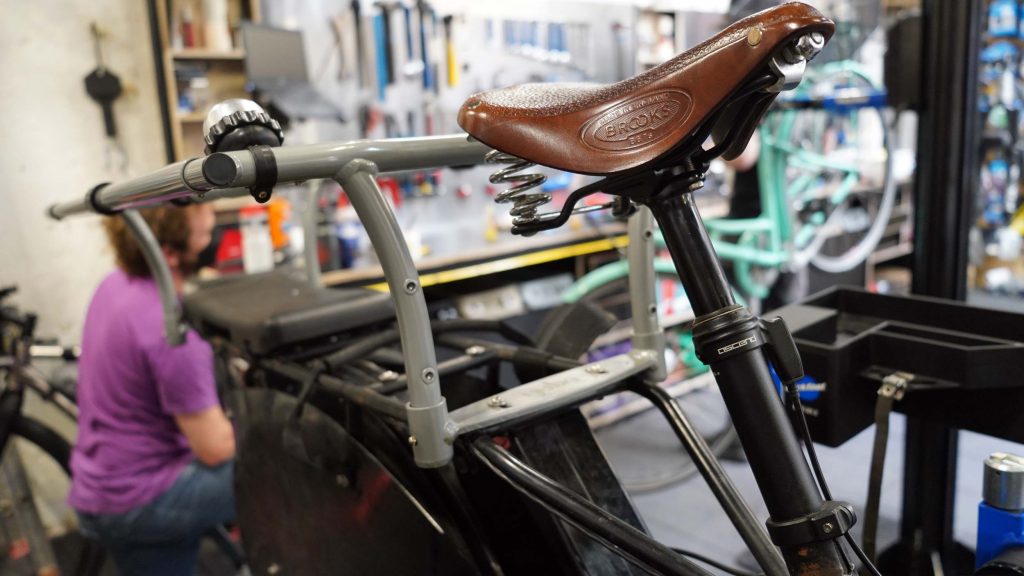
Cargo bikes like this one in the recently revamped workshop at Omafiets have become more prevalent in bike shops in the last 10 years.

The Micromobility Expo 2022 will be held in the Kensington Room at Royal Randwick Racecourse in Sydney, 25-26 November 2022. Entry to the expo is free if you pre-register.
(Click the link to register.)
For the bike trade, it was a halcyon time… for a while. But then stock levels diminished before the real impact of the supply chain disruptions began to put pressure on the local bike shop owner and global brands alike.
In recent years there has been considerable demand for bikes of all kinds, but it hasn’t always been possible for the customer to get the item of their choice. Thankfully, things are getting back on track – and, as the flow of products begins to return to something more akin pre-pandemic times – you can also find a far greater selection of transport options in bike shops.
In 2022, when you walk into a bike shop you are likely to be surprised by what you can find. Why? Mainly because now there is a glut of e-powered bikes, scooters, skateboards and more!
This is all part of the micromobility revolution that is on the up and up. 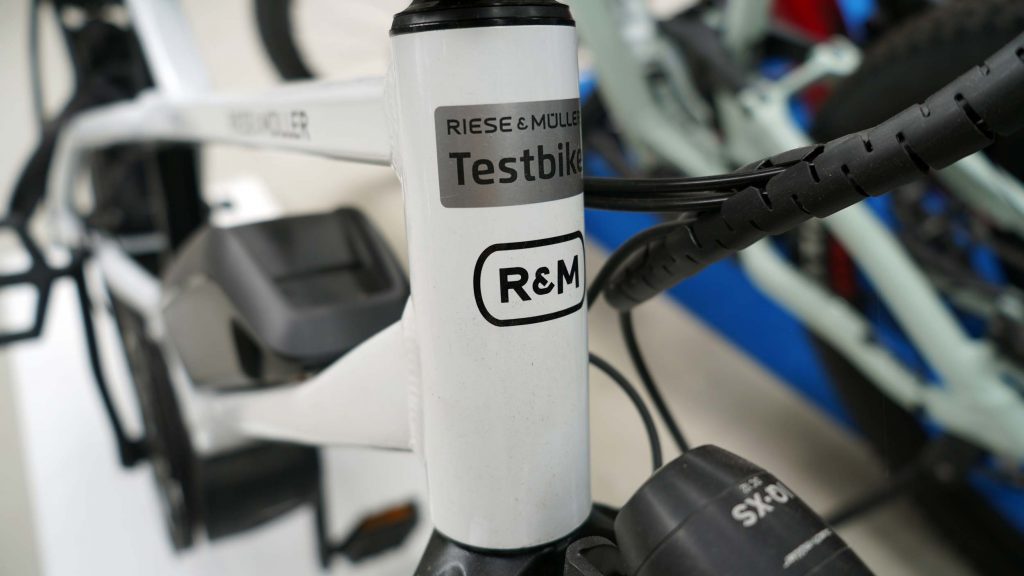 Micromobility has helped breathe new life into bike shops around the world and Omafiets in Alexandria, NSW, is a fine example of a business that has changed their approach to its retail business because of the new transport offerings that are taking the world by storm.
Micromobility has helped breathe new life into bike shops around the world and Omafiets in Alexandria, NSW, is a fine example of a business that has changed their approach to its retail business because of the new transport offerings that are taking the world by storm.
“Omafiets started in 2011 importing second-hand Dutch bikes from Europe,” explains co-owner, Chris Moore. “The reason was that there just weren’t a lot of practical commuting bikes in Australia.”
The genesis for the shop allowed Moore and his associates to carve out a niche in the Sydney market. Instead of offering high-end race-inspired products for the lycra-set, Omafiets wanted to provide products that helped people get around town.
When the shop moved to its new location a few years ago, everything that had been on the showroom floor of a small space in Redfern – a short ride from where Omafiets is now located (278-282 Mitchell Road, Alexandria) – was transported by bike. Or, more specifically, cargo bikes – which are now a feature of a shop with a vast and varied range on display on a much larger showroom floor.
“Over the years,” Moore continued, “we added more new bike brands and we don’t bring any second-hand bikes in anymore.”
Now the focus of Omafiets is on the growing market for innovative transport options which fall into the ‘micromobility’ category.
“We now have half a dozen brands of cargo bikes and every year there’s more and more coming out – new designs, more sophisticated designs… electric cargo bikes that allow people to simply replace their car trips with bike trips.”
The humble workshop at bike shops in 2022 has often expanded to include computers for diagnostics and software updates. There are also electronic work-stands capable of lifting heavy cargo bikes (or other items in the long list of emerging vehicles) when repairs are needed. And the showroom floor is filled with all kinds of wonderfully innovative items that have only recently come to market.
“In our workshop we probably see about two-thirds non-electric and one-third electric at the moment,” says Moore about the increase in the variety of work they do with bikes at Omafiets.
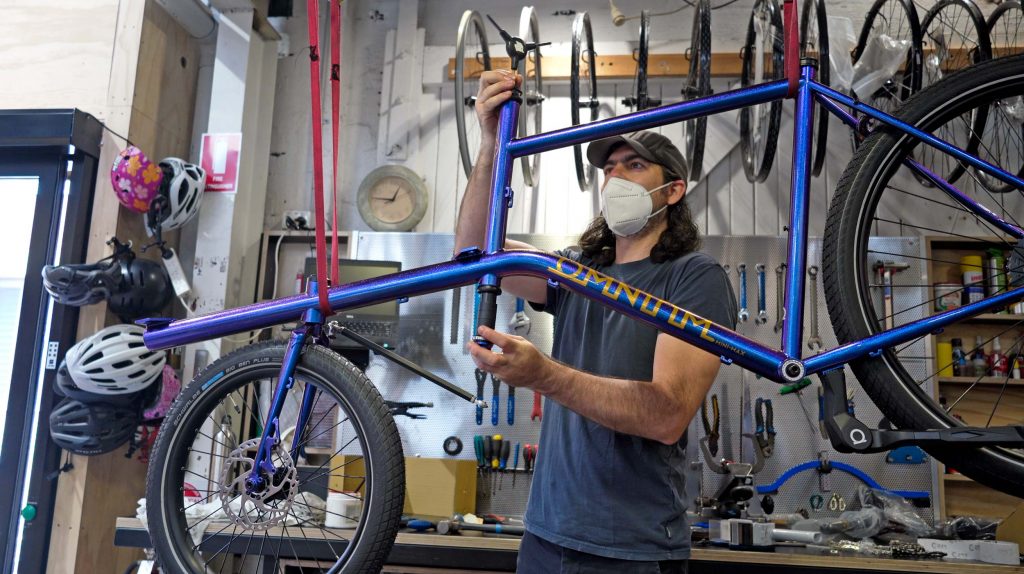
The many varied configurations of the kinds of bikes that appear at Omafiets require some innovative thinking when it comes to servicing.
“We actually just renovated our workshop and some of the things that we did include [the installation of] electric work-stands.
“A lot of the electric bikes and cargo bikes are heavier, so to save the mechanics’ backs now we have stands that electrically lift the bike up. Another thing is that you’ll see a laptop on each of the benches because a lot of those electric bikes need to get plugged into a computer to update the software and run the diagnostics.”
Expo to showcase micromobility in Sydney
Micromobility is a thing, and it’s evolving rapidly. For this reason, Simon Cooper of The Intermedia Group has teamed up with Phil Latz and a host of other collaborators to organise Australia’s first ‘Micromobility Expo and Conference’, which will take place later this month in Sydney.
If you visit Royal Randwick Racecourse on Friday and Saturday 25 and 26 November 2022, you will discover a means of transport that you haven’t seen before. It’s a bold statement but, with a range of exhibitors showing off their wares – many of which have only recently been dreamed up, let alone refined and subsequently mass-produced – you are bound to see something that will surprise you.
New, innovative and often utilising technology that didn’t exist even 10 years ago, the micromobility market doesn’t have any design limitations like some other products in the cycling market.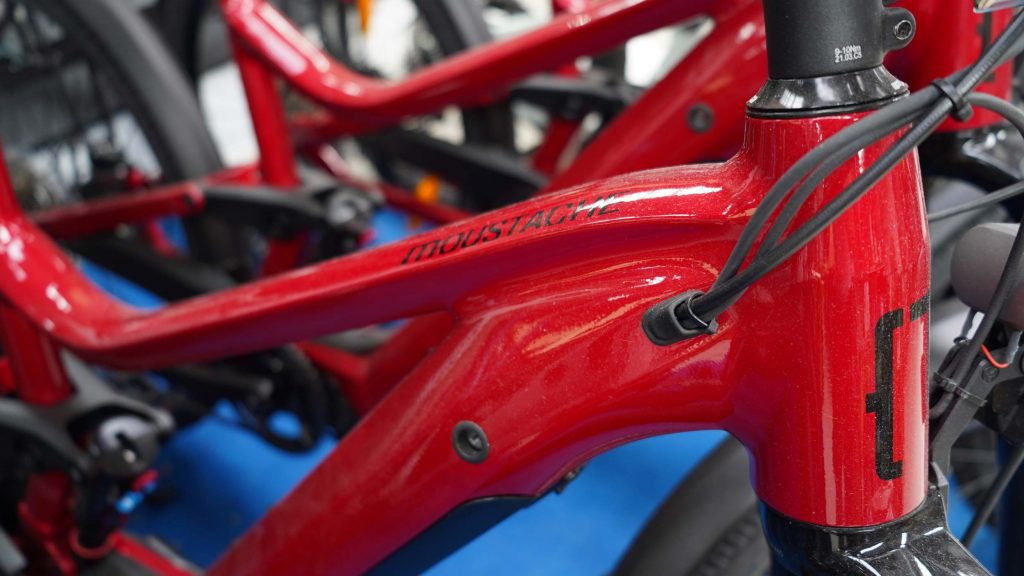
Space to sample micromobility
There is logic behind the choice of Royal Randwick Racecourse as the location for the expo (which is open to the general public). Not only is it conveniently located – right beside Sydney’s cycling mecca, Centennial Park – and easily accessible by bike, bus, tram or even car, it also offers a space to ride.
There will be multiple test tracks for all kinds of micromobility vehicles.
It is new and even if you have been a life-long cyclist, chances are there will be something you haven’t tried before which makes a visit to the expo even more useful for those who are keen to learn more about the myriad vehicles that are now becoming commonplace in our towns and cities.
Appeal of no limitations
In time there’ll surely be competitions extending beyond the eBike worlds that have taken place in 2022, or the Brompton world championships that have been contested for years, most recently in Singapore.
(And yet again, you likely have an example of some new form of racing that has been spawned by the glut of new transportation products that have been invented of late. If this is the case for you, please don’t hesitate to share your story/experience… I’d love to know what others are seeing out there in the wide, reopened world of ours.)
Should eBike racing take off, then there will be a refinement of regulations and then an organisation such as the UCI could begin to impose limits on design or powered capabilities, etc.
For now it’s a free-for-all and mobility has never been so extreme… or, crucially, clean.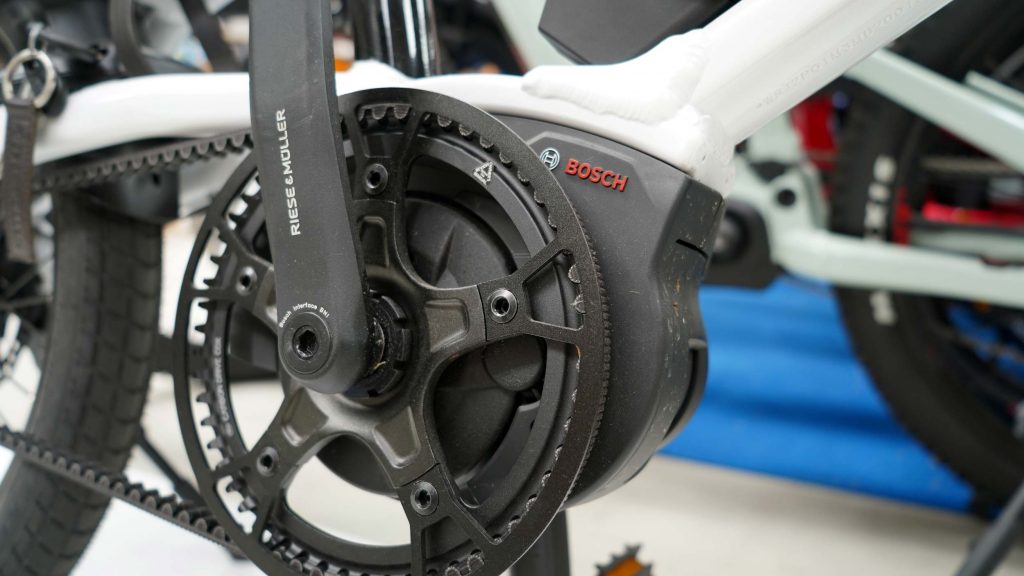 One of the key prerequisites for a vehicle to be eligible for the so-called ‘micromobility’ sector is that it doesn’t include an internal combustion engine. It should also weigh less than 500kg… and that proviso alone certainly frees up space on the bike shop floor. And don’t scoff at what seems excessive, as there are indeed inventions that are part of this genre of transport that nudge close to the top-end of the weight limit. (Another story for another time…)
One of the key prerequisites for a vehicle to be eligible for the so-called ‘micromobility’ sector is that it doesn’t include an internal combustion engine. It should also weigh less than 500kg… and that proviso alone certainly frees up space on the bike shop floor. And don’t scoff at what seems excessive, as there are indeed inventions that are part of this genre of transport that nudge close to the top-end of the weight limit. (Another story for another time…)
Some say that they should also have a speed limit of less than 50km/h. But, as we all know, a bicycle – with the right terrain/fitness/motivation – can easily exceed that pace.
The reference to speed, however, largely relates to e-powered vehicles. As you also probably know, there are plenty of scooters, e-bikes and even e-skateboards that can travel faster than 50km/h, and this point alone is one of the hurdles which needs to be considered as the micromobility market continues to flourish.
In Singapore, for example, you can ride your bike and e-bike on the plentiful and practical cycleways in and around the country, but e-scooters are banned. Still, micromobility has made a huge impact on the small country where congestion on the road is common, and space for parking – cars or bikes – is harder and harder to find.
Watch the video below for a fine example of an exotic foldable big small bike…
Expert analysis of micromobility
In Australia, there is different legislation in different states about what can be ridden and where… and the development of micromobility vehicles is happening at such a rapid pace that it’s difficult for lawmakers to keep up.
If you’re considering dipping a toe into the micromobility waters and seeing if it suits your style but are confused about what or where you can ride, that’s another good reason to sign up for the Micromobility Expo and Conference. As the name suggests, it won’t only be about showcasing products, but also talking about how they can be utilised.
The list of speakers includes Andy Salkeld from the UK who established the Cycle City Action Plan supported by more than 40 organisations and Dan Barr from the Better Cities Group.
Together with a host of other professionals in their respective fields, these men are part of a significant panel of experts who will speak at the Micromobility Conference that will run in conjunction with the expo.
The tally of speakers who have agreed to be part of the conference in Sydney this November has topped out at 60 and there is a wide range of topics on the agenda.
The conference will draw on examples from other countries while also considering how Australian states can create a more unified approach to law changes as more and more people adopt these new forms of transport.
* * * * *
There are many good reasons why Cooper, Latz and co have created the Micromobility Expo and Conference, but one of the main catalysts for this event is that there is a lot to learn about the transport movement that has only just begun but is building momentum rapidly.
Micromobility is making it easier and cleaner for people to travel than what have long been considered ‘traditional’ forms of transport. It is not a trend or fad and the growth potential is already proven.
These sorts of vehicles may not have been around all that long ago but in the years to come micromobility will become an integral element of what we now know as The Bike Shop.
The cargo bike is just one example of how a good idea quickly became better thanks to technology and innovative thinking. People have been pedalling their kids to school for years on the back of a bike. For a while this was the domain of enthusiasts, those who were passionate about leaving a minimal carbon footprint on the planet while being willing to expend some of their own energy to move around town.
This is something Chris Moore from Omafiets is all too aware of and it’s one of the reasons he has invested time and energy into creating a shop that caters for riders of all kinds of bikes.
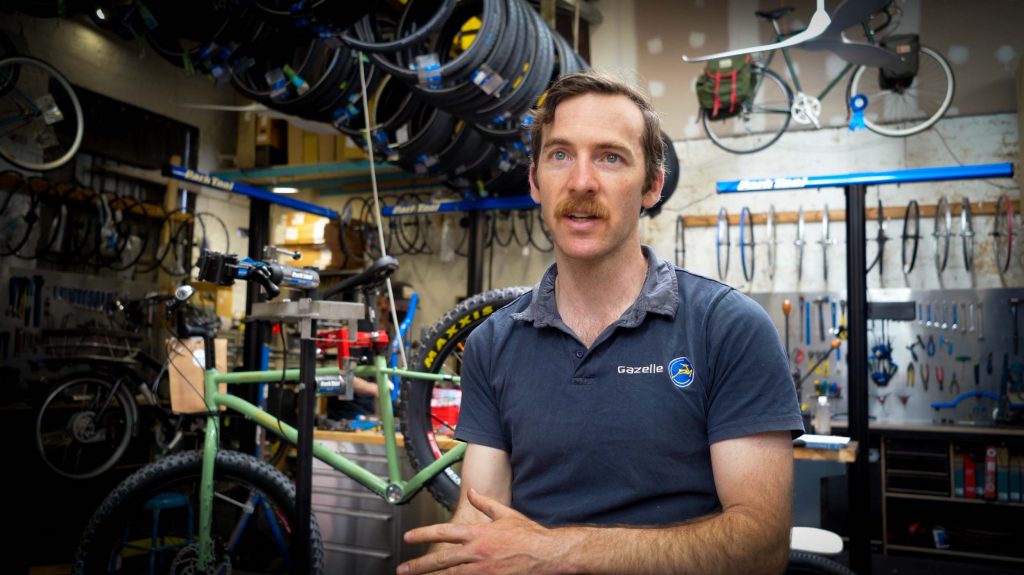
Chris Moore, a co-owner of Omafiets, is passionate about transport that is clean, efficient and fun.
Cargo bikes, per se, aren’t ‘new’ but the refinements that have come with the inclusion of batteries and pedal-assist motors have accelerated the transport revolution. This is one thing that you’re bound to notice when you enter a bike shop in 2022; chances are it’ll seem like an entirely new showroom, with impressive tech, and a strong focus on practicality (more so than weight savings or aerodynamics, or other such selling points that have become so commonplace in cycling parlance).
The inclusion of electronic power has turned cargo bikes into a mainstream product, even in a city like Sydney which doesn’t have a great history of supporting alternative modes of transport. But in 2022, when clean energy is a consideration for all, riding rather than driving is capturing the attention of many.
“Originally electric bikes were something for enthusiasts,” says Moore, adding that this form of transport has really come a long way in recent years.
“A lot of the big names like Bosch and Shimano have brought out much more reliable and integrated drive-systems and better batteries that last a bit longer and give you more range. So, that really has changed things a lot.
“You don’t need to know a lot about electric bikes to ride one and you can be fairly confident that they’ll be more reliable than they were a decade ago.”
There’s a reason why, in inner-city Sydney, we are seeing more and more parents transporting their kids to school on cargo bikes. It’s easy to do, utilises clean energy, and it gets them out of the motorised capsules that continue to dominate the roadways even when that approach to moving around town lacks logic.
‘Congestion,’ cycling advocates have long said, ‘is our friend.’
At one point, the annoyed or angry motorist is going to realise that they are sitting idle, burning fossil fuels, and waiting in a long queue of traffic while bike riders, scooter users, et al are rolling by with minimal effort and without the impediment of roads that have become too clogged to be practical.
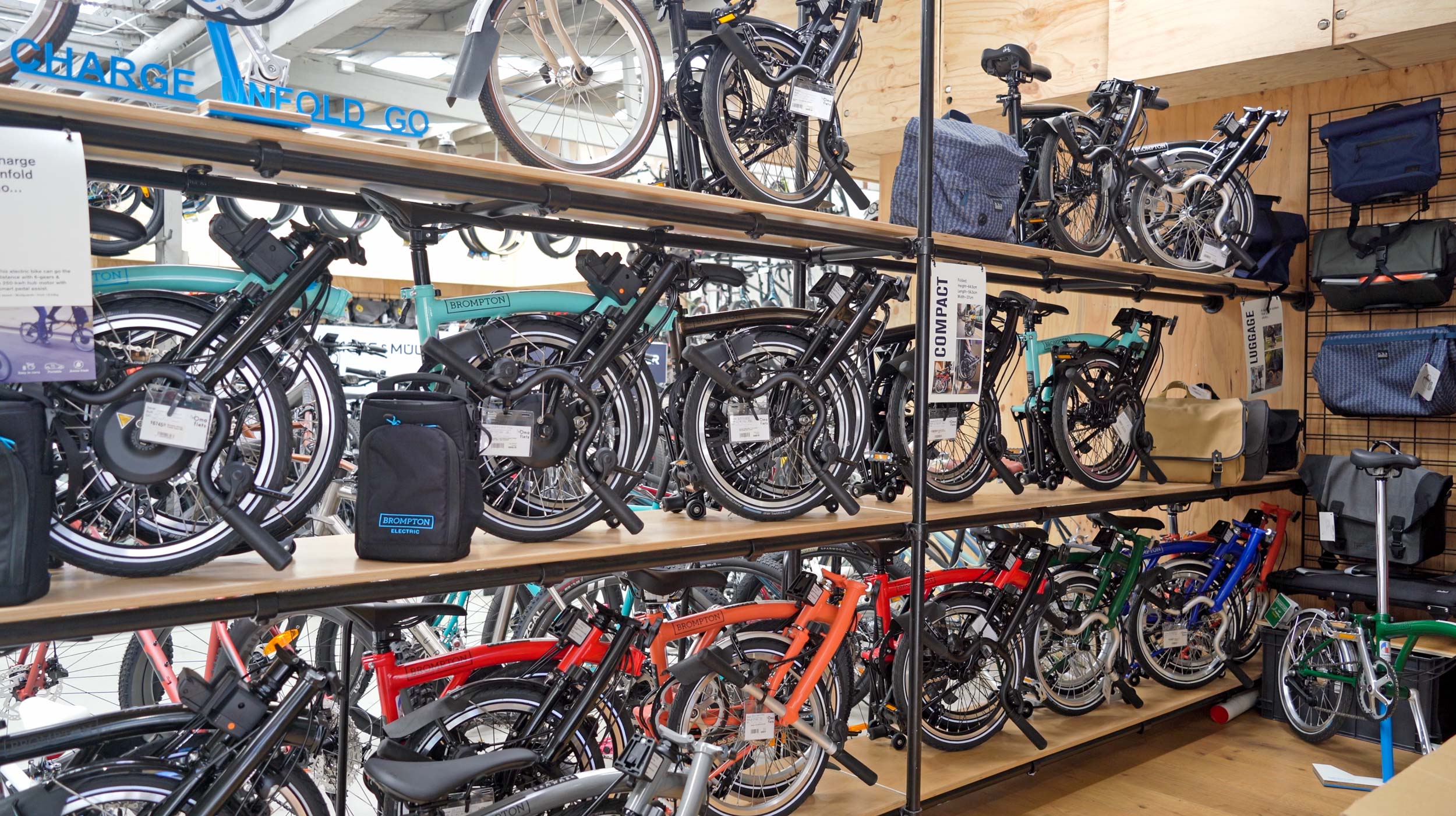
Plenty of Brompton bikes are on display in the Omafiets shop… but they take up shelf space rather than floor space – and they are now also available as e-bikes.
Vehicles for paths not motorways
“A lot of people who are now coming in looking at cargo bikes know about them because they’ve seen someone else riding them,” says Moore about what attracts customers to Omafiets.
“They think, ‘Okay, maybe I’ll try that.’ And they come in now specifically to carry their kids – or their cargo – on… they generally have the idea that it’s something they want to try.”
If all goes well, it won’t be long before governments everywhere also recognise the value of the growing micromobility market. The riding revolution got a big push during the pandemic and pop-up cycleways emerged around the world. The same applies in Sydney and, as Moore explains, it is logical to invest in practical, clean transport.
“The key is that you need to have both carrots and sticks,” says Moore about providing incentives for people to consider cycling – or micromobility – in a city like Sydney. “So, you need to be building the bike paths, you need to be doing cycling maps from the council, you need to have programs so people can try out bikes…
“You need to be decreasing the incentive for people to drive.
“If you’re building huge motorways at the same time as you’re building bike paths, then it kind of defeats the purpose.”
– By Rob Arnold
More from RIDE Media on Instagram, Twitter, Facebook and YouTube.

